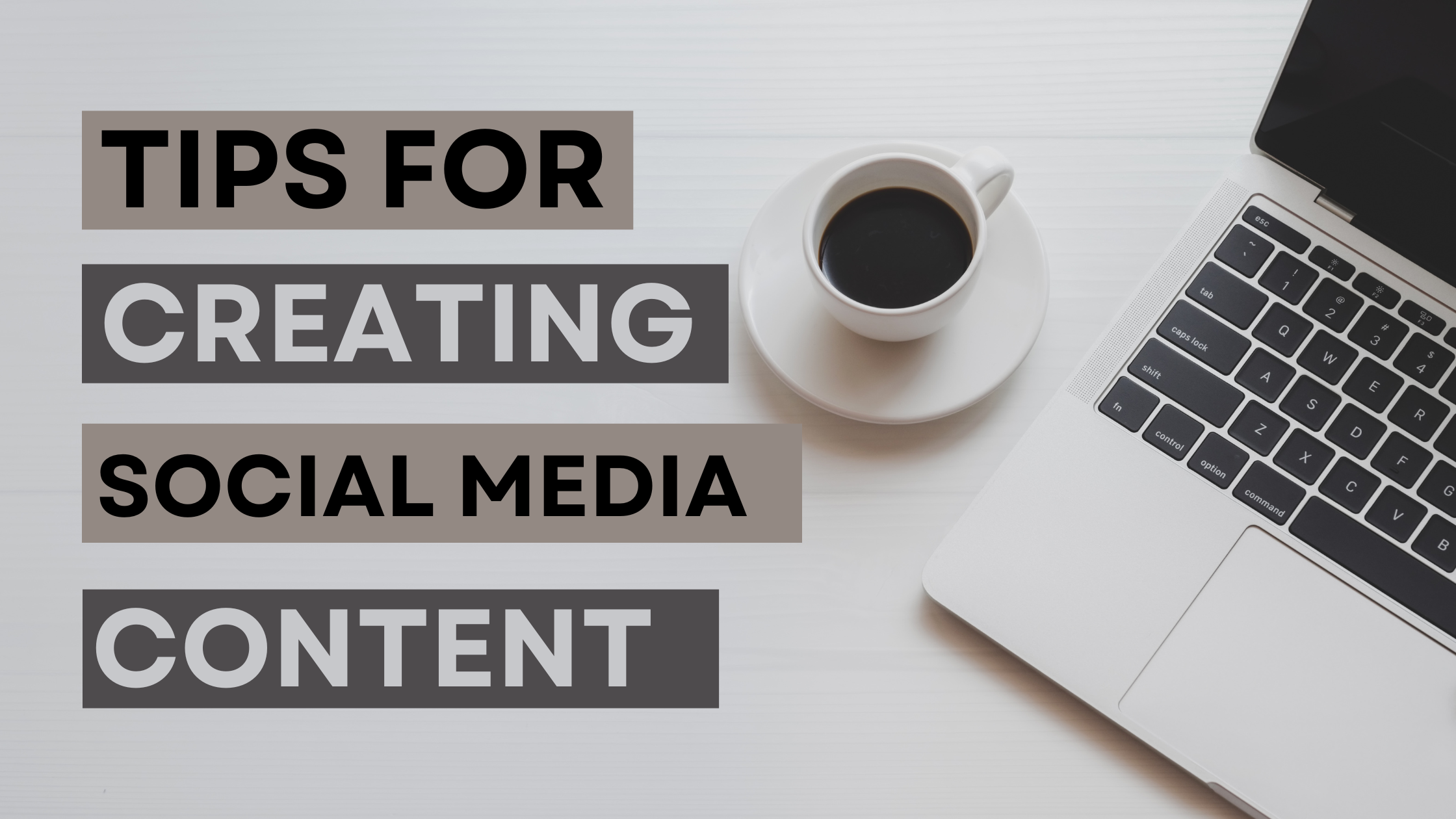Brands and businesses can communicate with their users or followers (their audience) by creating engaging content for social media. This is how brands and businesses tell their audiences about new products or services. With the response they get from their audience, brands and businesses learn what the likes and dislikes of their audience are. What are their audiences’ expectations?
But the question here is: What kind of content should be posted on social media when setting up a social media content strategy?
In this blog post, we are going to present you with the best tips for creating content for social media.
1. Know your audience
What type of content should a brand produce? Confused! The simplest answer to this is that it all depends on your audience. Businesses should have complete knowledge of their audience, including their demographics, sociographics, interests, and likes and dislikes, when generating social media content ideas.
To get in-depth knowledge of your audience, brands should use analytics tools such as Facebook analytics, Twitter analytics, or any other third-party analytics tool.
2. Use eye-catching visuals
BuzzSumo research reveals that “images on Facebook generate 2.3 times more engagement than posts with text only.”
Tweets with images receive 150% more retweets than tweets without images.
Linked posts with images get 98% more comments, according to LinkedIn.
The above data from different sources shows how impressively visual content performs on social media.
But how to create engaging social media posts?
Here, we are presenting a few tips to create attractive social media visual content:
- Use high-quality images.
- Use contrasting colors.
- Use consistent branding.
- Use prebuilt templates.
- Keep it simple.
Note: Canva is the master tool to create all types of content (images, videos, slide show videos, reels, and infographics).
3. Tell a story
Psychology says storytelling is an effective way of communicating that creates an emotional link between speaker and listener. This technique allows information to be remembered for a longer period of time.
The Consumer Content report shows that 86% of consumers say that authenticity is a vital element when choosing a brand and is done through storytelling.
Consider these “dos” when telling your brand story:
- Identify your brand’s unique value.
- Make it personal.
- Focus on the benefits.
- Use visuals
- Keep it simple.
4. Use emojis
Emojis are, in a nutshell, the digital world’s communication channel. They are used to convey emotions, ideas, and objects digitally. Emoji usage has increased by 775 percent in the last three years, according to Amr and Elma in a 2021 research study.
Also in the same study, they reveal that social media posts that include emojis have 25.4% more engagement than posts without emojis.
Emojis in social media content writing make content more appealing, shareable, and liked by the audience.
Furthermore, using emojis in social media posts develops a friendly relationship between businesses or brands and their customers or followers.
Tell me in the comments which emoji you prefer.
5. Incorporate user-generated content
User-generated content is defined as the type of content generated by users, followers, or consumers. It can be in the form of reviews, testimonials, videos, images, or text. UGC has helped generate authority and makes a brand trustworthy.
Another benefit of including UGC in your social media strategy is that it increases brand advocacy and helps increase brand loyalty.
Furthermore, UGC is cost-effective and contributes to enhancing brand word-of-mouth.
6. Use Hashtags
Use Hashtags:
Hashtag is a word or collection of words that starts with the “#” sign. Social media content creators use hashtags to categorise the content. The use of hashtags with social media content increases visibility and exposure.
Here are some examples of how brands can make effective use of hashtags:
- Brands should create product- or service-specific hashtags. It will help them promote their product or service and allow users to share product or service-related content with the community, such as their personal experiences.
- Brands can join industry-related hashtags. Brands use this technique to join trending discussions to get more visibility.
Note: Join hashtags related to your industry. - Create an online event or arrange a webinar, and create a relevant hashtag to get more and more attendees.
7. Experimenting with different content formats
Test, test, and test! Test what works for you. Experimenting with different content formats on social media allows you to learn what your audience is looking for. What are your audience’s expectations of you, and how can you meet those expectations in order to keep the audience engaged?
Try out new formats of content like Facebook Live, Instagram Reels, and GIFs and memes. Here are some tips to get you started:
- Plan ahead
- Be authentic
- Keep it short.
- Engage with your audience.
- Promote your content.
Conclusion:
By implementing these tips, you can create social media content that resonates with your audience, increases engagement, and drives traffic to your blog.



